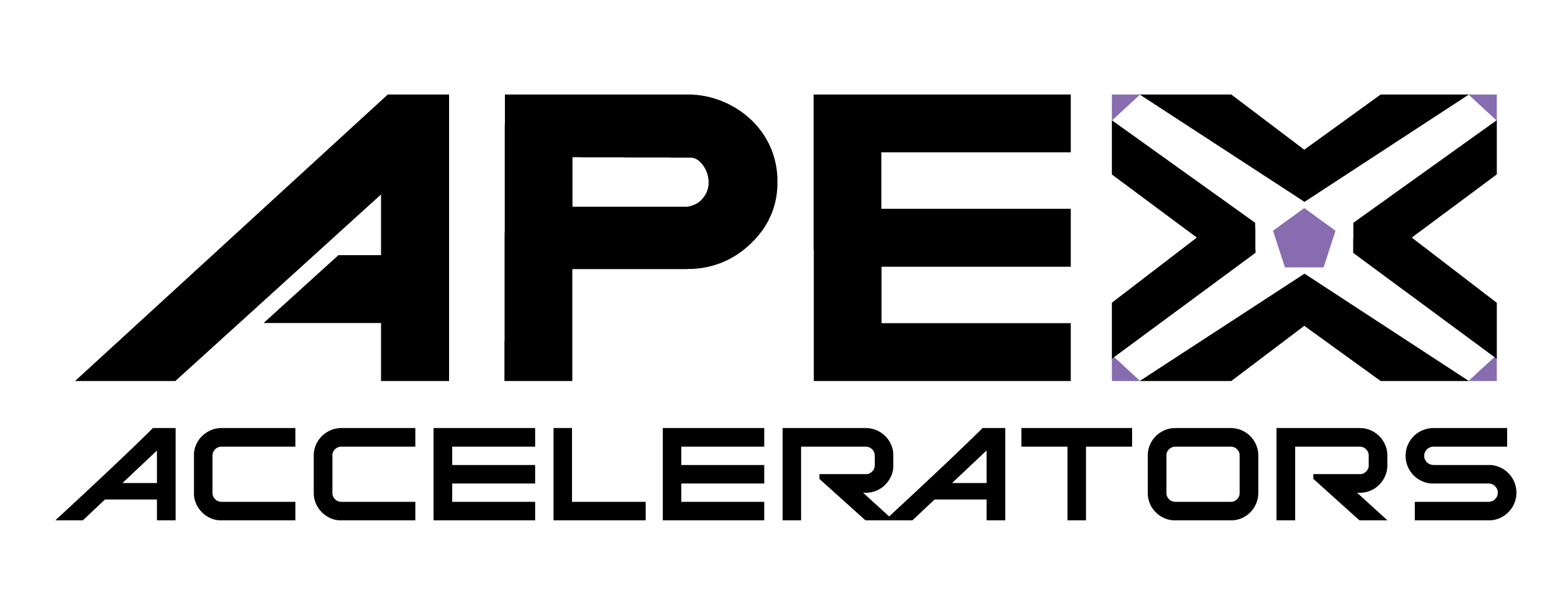Sources Sought - Husky Mounted Detection System Sustainment (HMDSS)
Note: There have been new actions to this contract opportunity. To view the most recent action, please click here.
Looking for contract opportunity help?
APEX Accelerators are an official government contracting resource for small businesses. Find your local APEX Accelerator (opens in new window) for free government expertise related to contract opportunities.
APEX Accelerators are funded in part through a cooperative agreement with the Department of Defense.
The APEX Accelerators program was formerly known as the Procurement Technical Assistance Program (opens in new window) (PTAP).
General Information
- Contract Opportunity Type: Sources Sought (Updated)
- Updated Published Date: Mar 18, 2022 02:39 pm EDT
- Original Published Date: Mar 17, 2022 02:11 pm EDT
- Updated Response Date: Apr 20, 2022 05:00 pm EDT
- Original Response Date: Apr 20, 2022 05:00 pm EDT
- Inactive Policy: 15 days after response date
- Updated Inactive Date:
- Original Inactive Date:
- Initiative:
- None
Classification
- Original Set Aside:
- Product Service Code: K025 - MODIFICATION OF EQUIPMENT- VEHICULAR EQUIPMENT COMPONENTS
- NAICS Code:
- 541715 - Research and Development in the Physical, Engineering, and Life Sciences (except Nanotechnology and Biotechnology)
- Place of Performance:
Description
The Contractor shall provide integrated life-cycle and product support functions and activities for the HMDS-0 and HMDS-2 inclusive of: sustaining engineering, logistics, and training support services and material procurement for equipment and capabilities in both the contiguous United States and outside the contiguous United States. Sustaining engineering support requirements include: configuration management, cybersecurity and information assurance, engineering change proposals, lifecycle management (obsolescence and diminishing manufacturing sources and material shortages), program protection, quality assurance, quality engineering, risk management, software engineering and support, systems engineering and analysis, and technical data management. Logistics support requirements include: demilitarization and disposal; depot maintenance planning, analysis, and documentation; fielding, deployment, and sustainment; fleet management; life cycle sustainment; logistical database, website, and software development and support; logistics documentation preparation and review; packaging, marking, handling, storage and shipping support; property documentation and transfer of equipment; supply chain management and provisioning; technical manual development, revisions, and distribution; and warranty support. Material procurement activities includes the purchase, warehousing/kitting management, transportation, and shipping of proprietary and non-proprietary systems and spare and repair parts.
The contractor shall provide the necessary support to transition the HMDS-2 to CECOM, ILSC for life-cycle management by mid-Fiscal Year (FY) 2024. The CECOM Item Manager and Logistics Assistance Representatives (LAR) will provide inventory management and instruction for the organically supported HMDS-2. CECOM support will gradually increase as the HMDS-2 is fielded. Organic maintenance (i.e., CECOM LAR) and supply chain support (i.e., Item Manager) will only be provided for the HMDS-2.
The Contractor shall provide support as necessary for the PMO to continue Contractor Logistic Support (CLS) and software sustainment for the HMDS-0, as part of the CLS plan. The contractor shall provide support as needed to support the HMDS-2 software, which is planned to transition to CECOM Software Engineering Center (SEC) in 2QFY22. The SEC will provide software support for the organically supported HMDS-2 systems.
Attachments/Links
Contact Information
Contracting Office Address
- 2461 EISENHOWER AVENUE HOFFMAN BLDG 1 ROOM 964
- ALEXANDRIA , VA 22331-0700
- USA
Primary Point of Contact
- Ariel Martin
- ariel.j.martin2.civ@army.mil
Secondary Point of Contact
- Kristin Height
- kristin.m.height.civ@army.mil
History
- May 05, 2022 11:55 pm EDTSources Sought (Updated)
- Mar 18, 2022 02:39 pm EDTSources Sought (Updated)
- Mar 17, 2022 02:11 pm EDTSources Sought (Original)


